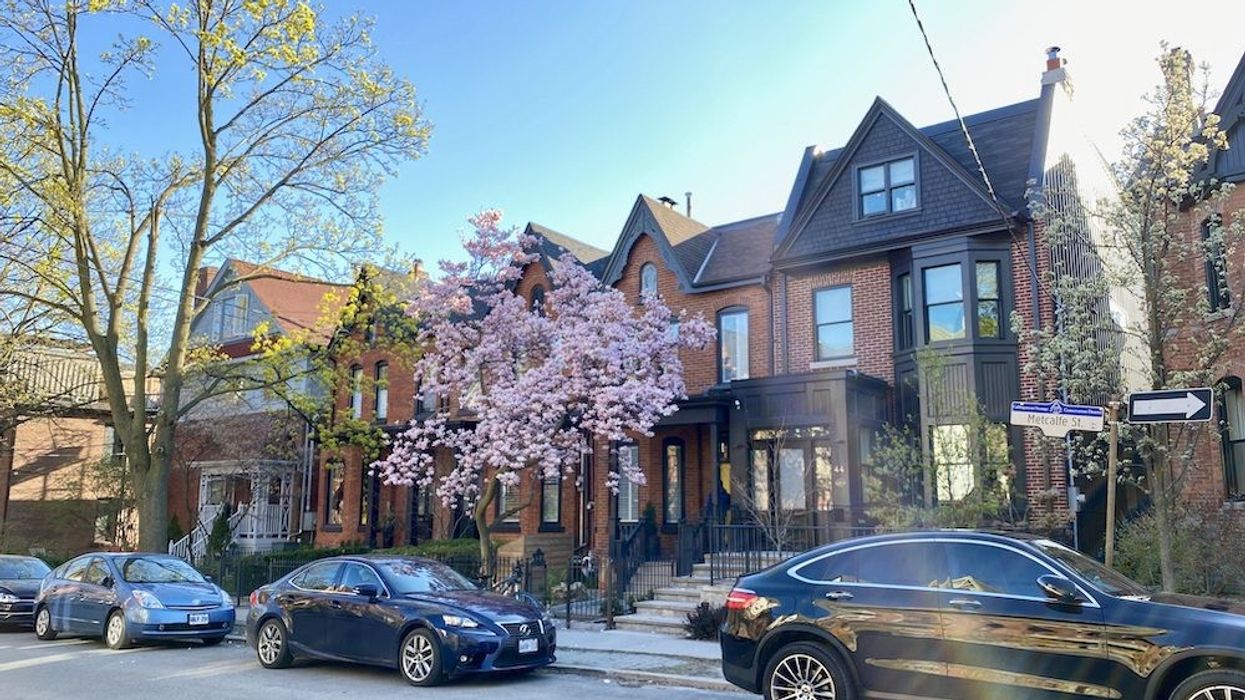Government of Canada bond yields are climbing ever higher, and they’re taking fixed mortgage rates along for the ride, as the nation’s big banks just passed another price hike along to borrowers.
Uninsured lowest five-year fixed rates from the Big Six hit the threshold of 4.39% this week (and 4.24% for preferred rates), as GoC five-year bond yields -- which set the fixed cost of borrowing -- spiked to a new decade high of 2.88% on May 6.
Bond yields have been steadily ratcheting higher since the second half of 2021, in anticipation of the Bank of Canada’s (BoC) fresh hiking cycle; year-to-date, they’ve increased 150.93 basis points (bps), up 107.8 bps in the last three months alone.
READ: Macklem Says Bank of Canada Will Consider Half-Point Hike in June
It’s just the latest in a series of price increases seen so far this year, says Robert McLister, Mortgage Strategist at MortgageLogic.news, who points out that today’s five-year preferred client fixed offering now sits 130% higher than the all-time low of 1.84%, seen in November 2020.
The impact of such a higher interest rate environment on borrowers is substantial, he says, both mentally and in terms of purchasing power.
“It's partly psychological. Many homeowners still vividly remember fixed rates of 1.99% or less, which we had just nine months ago,” he tells STOREYS. “Mortgagors now feel poorer. They know that surging interest costs devour their discretionary income, even if they can't fully quantify it.”
“That's mind blowing if you think about how much less mortgagors now have to spend on all the other things that keep our economy spinning. It's even more sobering when you consider that a new mortgage on your average Canadian home is about $637,000 with a standard 20% down payment.”
In fact, he calculates, for a borrower with a preferred rate of 4.24%, that works out to a $11,328 jump in interest expenses per $100,000 of mortgage over a five-year period, and $785 per month, based on the above-illustrated average home purchase.
Further compounding the pain for borrowers is the rising threshold for the mortgage stress test; taking OSFI’s 200-basis-point buffer into account, it has increased to 6.24%, compared to 4.79% in 2020. That represents a 12% decrease in purchasing power, says McLister.
Home Prices Already Feeling the Impact
Whittled budgets as a result of rising interest rates is already being felt in the housing market. The April numbers for the Greater Toronto Area reveal considerable softening over the previous two months, aligning with the first two Overnight Lending Rate increases from the BoC; prices fell 3.6% across the region from March to an average of $1,254,436, with the most prominent decline in the 905-area markets, down 6.3% to $1,261,332.
Research out this week from Royal Bank economist Carrie Freestone found that home resales declined in Canada’s four largest markets -- Toronto, Vancouver, Montreal, and Calgary -- last month. Montreal’s sales slipped just 2%, but the other markets slowed significantly, with Calgary’s sales down 17.1%, Vancouver's 22.3%, and Toronto’s 26.2% -- the sharpest single-month decline since the market correction in the late 80s.
Freestone points squarely to the tougher interest rate environment as the cause, writing, “All evidence points to the Bank of Canada’s rate tightening cycle starting to have an impact, as recent data released from Canada’s four largest housing markets show early signs of softening demand.”
Other analysis from Capital Economics forecasts that interest rate hikes could shave as much as 10% off housing prices by the time the BoC is through early next year.


















